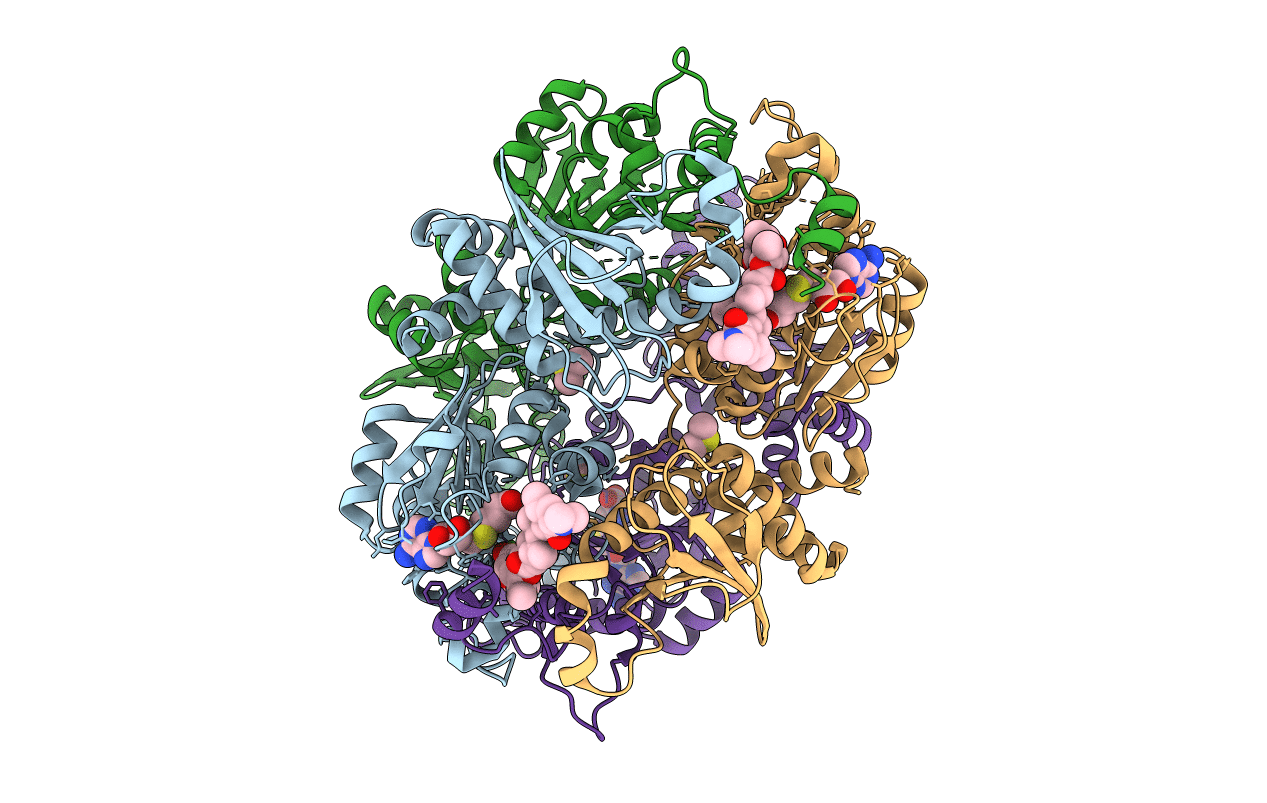
Deposition Date
2011-07-08
Release Date
2011-08-24
Last Version Date
2024-02-28
Entry Detail
PDB ID:
3SSN
Keywords:
Title:
MycE Methyltransferase from the Mycinamycin Biosynthetic Pathway in Complex with Mg, SAH, and Mycinamycin VI
Biological Source:
Source Organism:
Micromonospora griseorubida (Taxon ID: 28040)
Host Organism:
Method Details:
Experimental Method:
Resolution:
2.39 Å
R-Value Free:
0.21
R-Value Work:
0.16
R-Value Observed:
0.16
Space Group:
P 1 21 1


